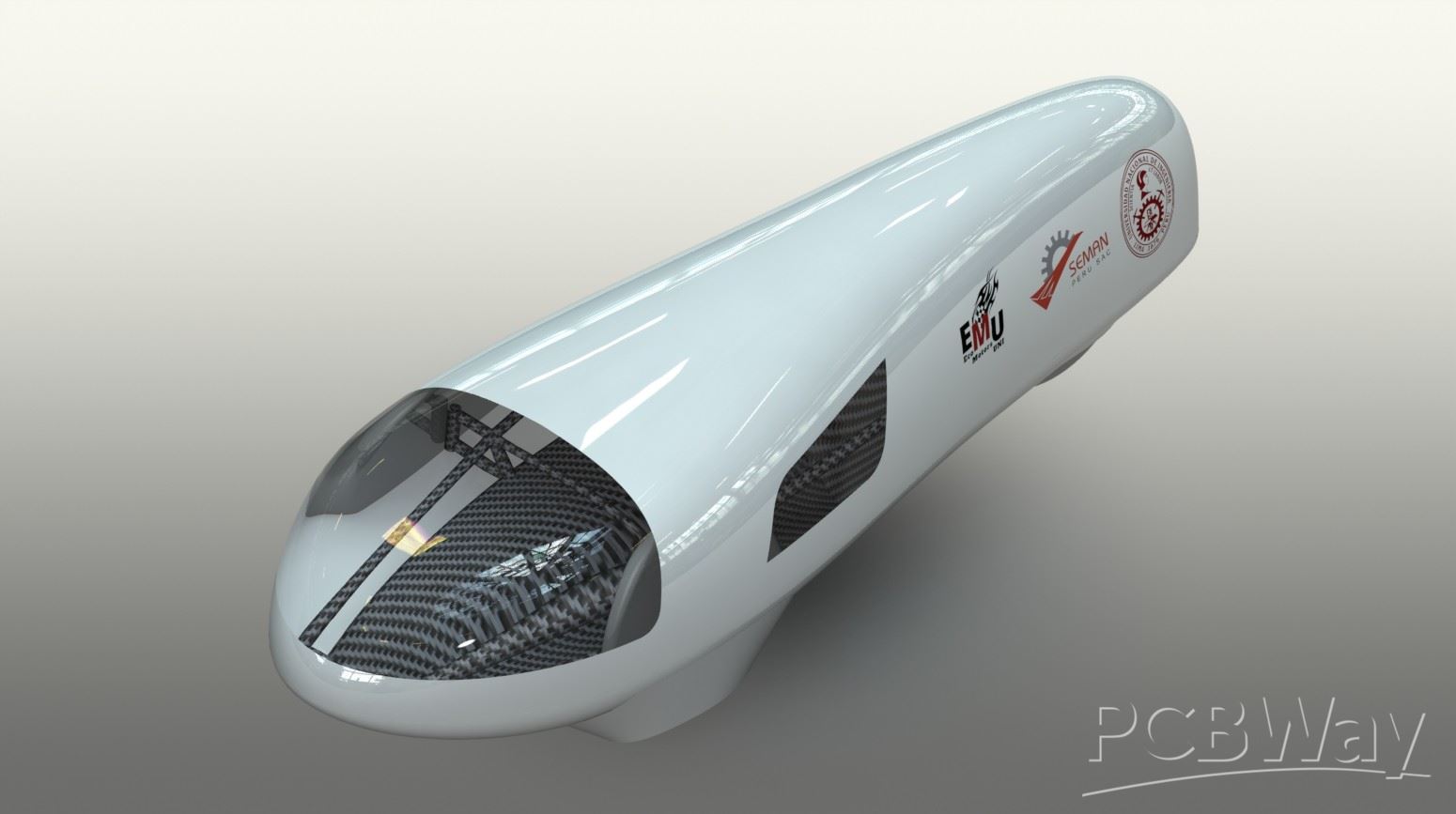HUALKANA I
ECO MOTORS UNI Team
Founded in October 2022, the team is composed of over 40 students from various specialties in Peru and aims to design and build electric vehicles for high energy efficiency international competitions. The team consists of passionate students from diverse fields, mainly engineering. They are dedicated to developing such vehicles for different categories of the Shell Eco-marathon competition. One of the current projects, Hualkana I, involves the team's participation in the International Shell Eco-marathon Brazil 2024, which will take place in Rio de Janeiro from August 27 to 30.

The team is currently building the Hualkana I vehicle to compete in Brazil this year. The competition challenges the team to design and construct a highly energy-efficient electric vehicle that can achieve low energy consumption relative to the distance traveled. Despite the fierce competition, the team will showcase their skills and determination in this prestigious event.

Looking ahead, the team is eager to continue their success in future competitions and inspire more students to pursue their passion for automotive technology. They are committed to fostering a community of innovation and collaboration, where students from all backgrounds can come together to tackle the challenges of the automotive industry and electromobility.
Our electric vehicle, "Hualkana I," will be powered by Li-ion batteries and a BLDC motor. We have chosen this type of motor because it is one of the most efficient. Despite its complex control, the team is committed to overcoming every challenge to win the competition.
A project area that uses PCBs extensively is the department of Electronic Systems, Integrated Control and Energy. This part of the project is in charge of all the electronic circuits, control and energy system of the vehicle.There are two main PCBs needed in the vehicle, the MCU (Motor Control Unit) and the Electronic Speed Controller (ESC) for the Brushless DC Motor (BLDC).
1.Motor Control Unit
It is the brain of the vehicle, mainly consisting of an ESP microcontroller responsible for reading signals from the pedal, current sensors, speed sensors, and temperature sensors, sending information to the pits during the race, and sending control signals to the ESC to control the vehicle's motor speed. The most important function of this system is to send a control signal to the ESC based on the values of current, temperature, and pedal position, ensuring that energy is not wasted unnecessarily and that the circuits are not subjected to extreme operating conditions.
2.Electronic Speed Controller
Its function is to control the speed of the vehicle's BLDC motor by correctly switching and applying voltage to the different coils of this motor. Its main role is to read the control speed received by the MCU and use 6 MOSFETs configured in an H-bridge along with their respective drivers to perform the switching and apply the voltage from the Li-ion batteries to the BLDC motor for proper and optimal operation. This PCB must support currents at the MOSFET outputs of at least 30A.

The team would greatly benefit from the support of PCBWay. As a team dedicated to designing and building Electric Vehicles for international competitions, we face challenges designnig all the electronics systems and circuits of the vehicle. We know PCB Way has a well-established reputation in the industry for providing reliable and high-quality PCB manufacturing services, as well as a wide range of electronic components. We are convinced that their experience and commitment to excellence can be an invaluable asset to our project.
PCBWay's support would enable us to develop more efficient and effective Electric Vehicles and inspire the next generation of automotive enthusiasts. We are excited about the opportunity to collaborate with PCBWay and achieve our goals in the Shell Eco-marathon competition through their support.
Apply for sponsorship >>- Comments(0)
- Likes(1)

















